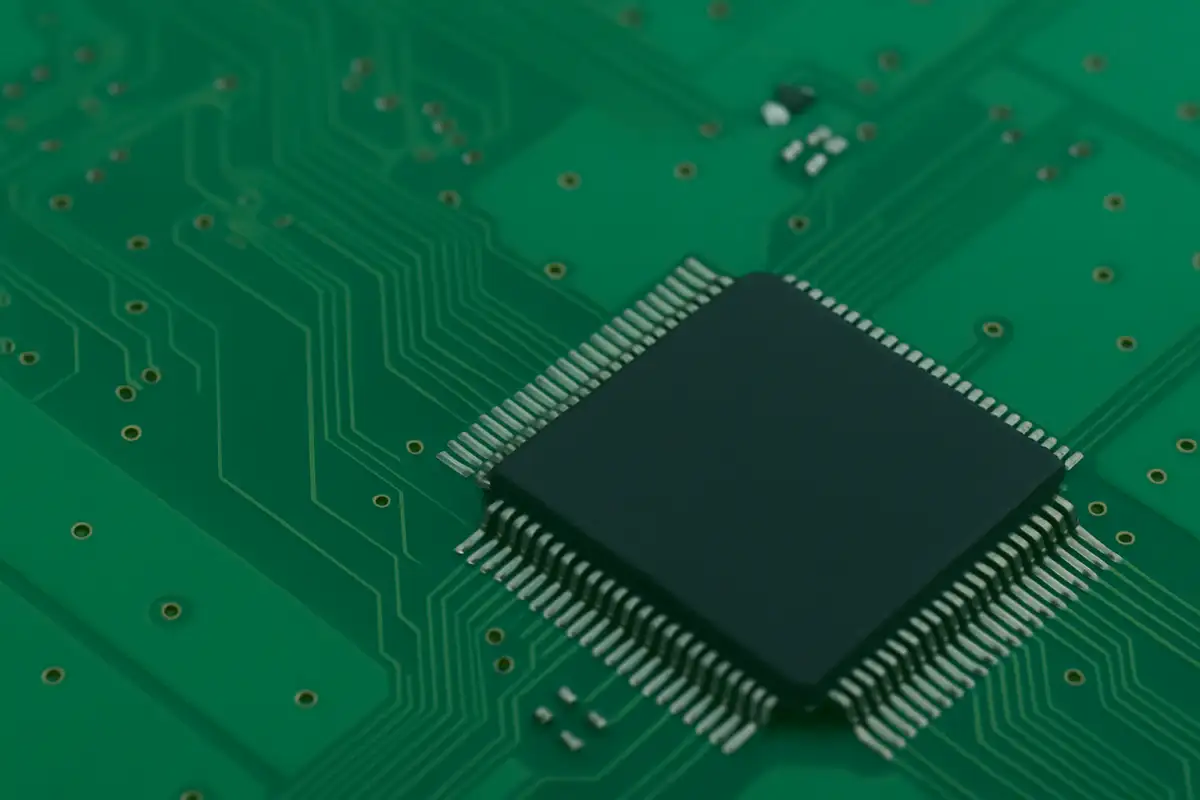If you’re trying to install 35-ds3chipdus3, chances are you’re working with a specific driver or chip module required for embedded systems, diagnostics, or hardware-level communication. While it might seem technical at first, installing it is straightforward when you follow the proper steps. This guide covers everything from preparation to troubleshooting and includes real-world applications and post-installation advice to help you complete the process with confidence.
What is 35-ds3chipdus3?
Before you install 35-ds3chipdus3, it’s important to understand what it is. This tool, utility, or driver helps interface your hardware with your operating system, enabling effective communication with specialized chipsets. It’s commonly used in developer kits, embedded applications, and custom firmware installations.
It may serve as a middle-layer communication tool or microcontroller bridge that enables input/output operations at a low hardware level. Essentially, it’s a critical component when dealing with non-standard hardware configurations.
Why You Might Need to Install 35-ds3chipdus3
Installing this utility has several benefits:
-
Device Compatibility: Ensures the hardware functions correctly with your OS.
-
Unlocks Features: Allows access to advanced chip functions.
-
Custom Hardware Integration: Ideal for developers or hobbyists.
-
Improved Stability: Reduces software glitches caused by driver issues.
Whether you’re troubleshooting or setting up new hardware, knowing how to install 35-ds3chipdus3 is essential for smooth performance.
Prerequisites Before You Begin
Before starting, make sure you have the following ready:
-
Supported OS: Typically Windows 10+, or Linux distributions like Ubuntu.
-
Admin Access: Required for driver installations.
-
Hardware Setup: The chip or connected device should be properly installed.
-
Install Files: Download the official package from a trusted source.
-
Dependencies: Some systems may require .NET, Java, or C++ redistributables.
Having these in place ensures a smooth installation process without interruptions.
Step-by-Step: How to Install 35-ds3chipdus3
1. Download the Installer
Visit the official website or trusted vendor page to download the latest version. This ensures security and compatibility with your system.
2. Verify File Integrity
Use a checksum verification tool to make sure your download isn’t corrupted or altered. This step is optional but highly recommended.
3. Prepare Your System
Close background applications. Disable the antivirus temporarily if it flags the installer. Connect your device before you install 35-ds3chipdus3 to avoid driver miscommunication.
4. Launch the Installer
Right-click the setup file and choose “Run as Administrator.” Accept license agreements, select the installation folder, and proceed with the wizard.
5. Connect the Hardware (If Not Already)
If prompted, connect your device during installation. The system may take a moment to detect and initialize it.
6. Complete and Reboot
Once the installation is complete, restart your system. This step finalizes the driver setup and ensures the chip is correctly integrated.
Real-World Use Cases
Understanding where and how this tool is used can be helpful:
-
IoT Devices: Many IoT developers use it to configure custom chipsets that control sensors or communication modules.
-
Robotics Projects: Makers use it to bridge low-level logic between microcontrollers and actuators.
-
Automotive Diagnostics: Engineers might install 35-ds3chipdus3 to communicate with ECUs or onboard chips.
-
Medical Devices: In R&D labs, it’s used to test custom hardware configurations before regulatory certification.
These examples highlight how vital this module is across tech domains.
Post-Installation Tips
After you install 35-ds3chipdus3, follow these best practices:
-
Update Regularly: Check for new releases or patches.
-
Backup Settings: Save configurations if you modify chip behavior.
-
Monitor Device Behavior: Use system logs or hardware diagnostics.
-
Use Manufacturer Tools: Some vendors offer proprietary apps for advanced settings.
-
Document Customizations: Keep notes in case you replicate the installation later.
Troubleshooting Installation Issues
Here are some common problems you might encounter and how to fix them:
Issue 1: Installer Won’t Launch
Fix: Confirm it’s compatible with your OS. Run as Administrator and disable antivirus temporarily.
Issue 2: Device Not Detected
Fix: Reconnect the chip, use a different USB port, or try another cable. Ensure you install 35-ds3chipdus3 before connecting the device if required.
Issue 3: Installation Fails Midway
Fix: Check system requirements and reinstall. Look for missing dependencies such as runtime libraries.
Issue 4: Post-Install Errors
Fix: Update your OS, reinstall the utility, or roll back recent driver updates that could interfere.
Security and Maintenance
Keeping your installation secure is just as important as getting it to work. Always:
-
Download from verified sources
-
Check for digital signatures or certificates
-
Avoid modifying the installed driver unless necessary
-
Log any changes made for traceability
Also, keep an eye on firmware or driver release notes for security patches and bug fixes.
Frequently Asked Questions
Q: Can I uninstall it later?
Yes, go to “Add or Remove Programs” or use a system cleanup tool.
Q: Is it safe to install 35-ds3chipdus3 from third-party sources?
Only use official or trusted vendor sites to avoid malware.
Q: Do I need internet access for installation?
Not always, but updates and some drivers may require a connection.
Final Thoughts
Learning how to install 35-ds3chipdus3 opens the door to using specialized hardware and unlocking custom chip functionalities. With the steps outlined above, you can avoid common pitfalls and get everything running quickly.
From setting up your environment to resolving post-install issues, you now have a complete guide to make the process hassle-free. Whether you’re building an embedded project, troubleshooting a new device, or experimenting with hardware, knowing how to properly install 35-ds3chipdus3 is a valuable skill in today’s tech landscape.
